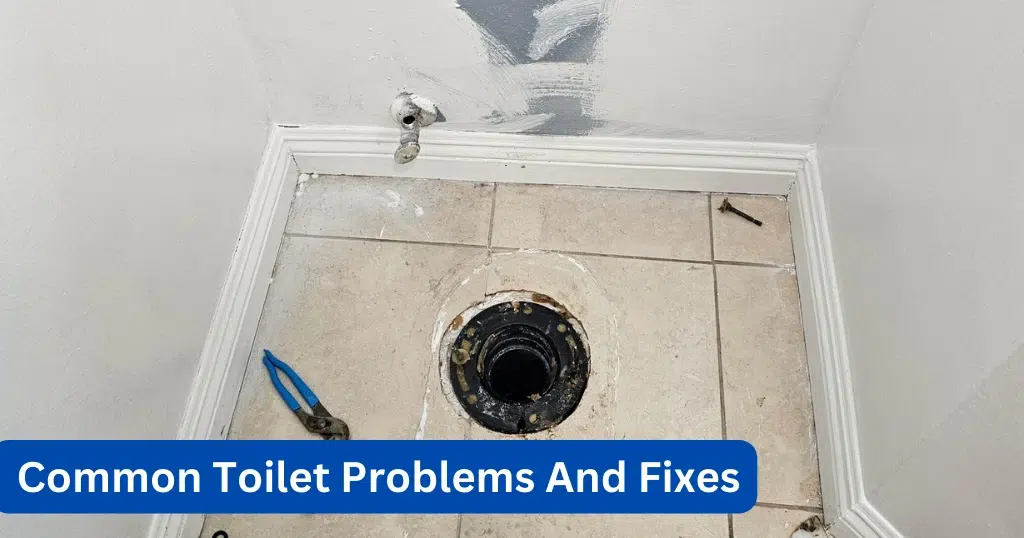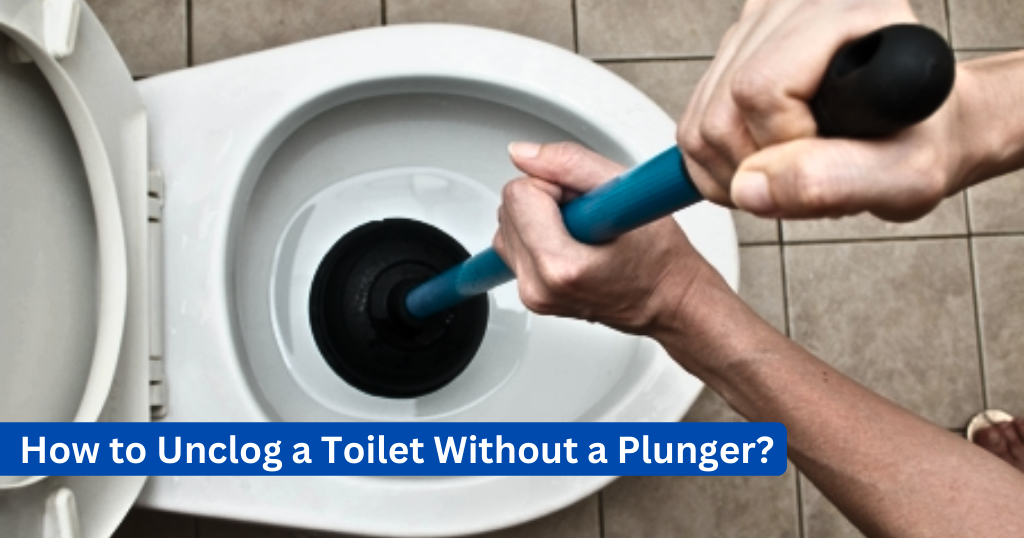Toilets are one of the most frequently used fixtures in any home, but when it has problems, they can cause leaks, clogs, running water, and loose handles, which waste water, increase bills, and disrupt daily life.
Fortunately, many of these issues are easy to fix at home without needing a plumber. Simple repairs, such as replacing a faulty flapper, adjusting the fill valve, tightening loose bolts, or replacing a worn wax ring, can stop leaks and restore proper flushing. With the right knowledge and quick DIY tips, homeowners can save money, conserve water, and keep their toilets running smoothly.
Common toilet problems happen to Everyone
Toilet problems are common in domestic as well as industrial life and arise at any time due to daily use. Issues such as water leakage, frequent clogging, running water, loose handles, or unpleasant odors not only affect comfort and convenience but also result in water waste and increased costs. Understanding these problems and finding timely solutions is essential for every home, ensuring the bathroom remains clean, safe, and efficient.
But many of them come from small habits or overlooked signals:
- Flushing non-flushable objects, such as wipes, toys, or excessive toilet paper.
- Ignoring small leaks and strange noises until they become big problems.
- Children putting stuff into the bowl or not being careful enough with it.
By knowing what to watch for and how to act quickly, you can prevent expensive repairs and preserve your bathroom.
What Causes Common Toilet Problems?
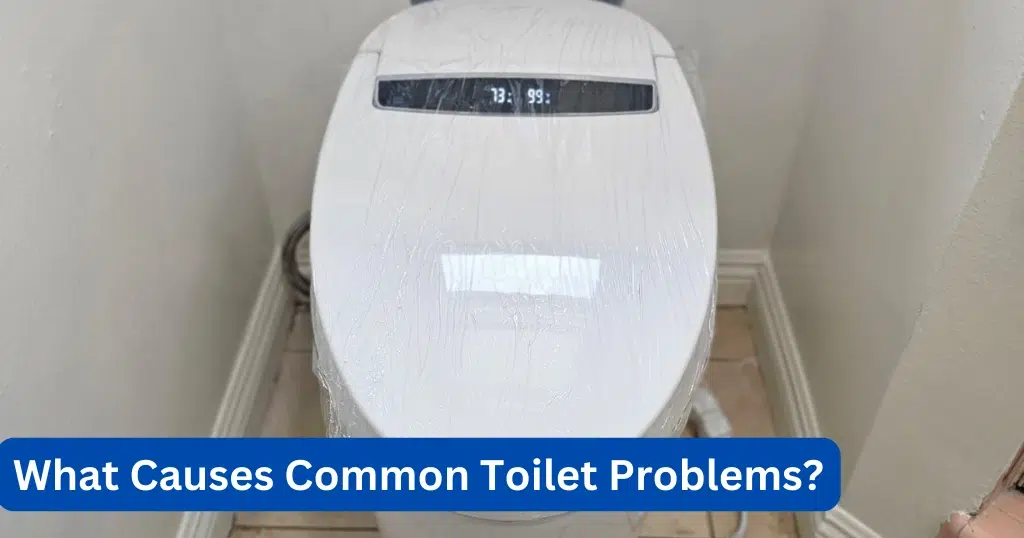
Understanding the root causes of common toilet problems helps you diagnose issues quickly and fix them effectively. Many toilet problems develop over time and start as minor faults, but can lead to bigger, costly repairs if ignored.
1. Running Water That Won’t Shut Up:
It’s not uncommon for the flapper or fill valve to malfunction, leading to water running and gallons of water being flushed away every day.
For detailed guidance, read our blog about Fix a Toilet That Keeps Running.
2. Drips and Leaks:
Water can sneak out from under your toilet when the wax ring seal wears out, leaving damp floors and a funky odor.
3. Wobbly Toilet or Handle Troubles:
A shaking toilet due to loose bolts might not seem like an immediate problem, but if left unchecked, it could lead to leaks and damage.
Diagnosing the underlying issue saves you from endless diagnoses and gives you the power to make repairs with confidence.
Toilet Clogs – Causes and DIY Fixes
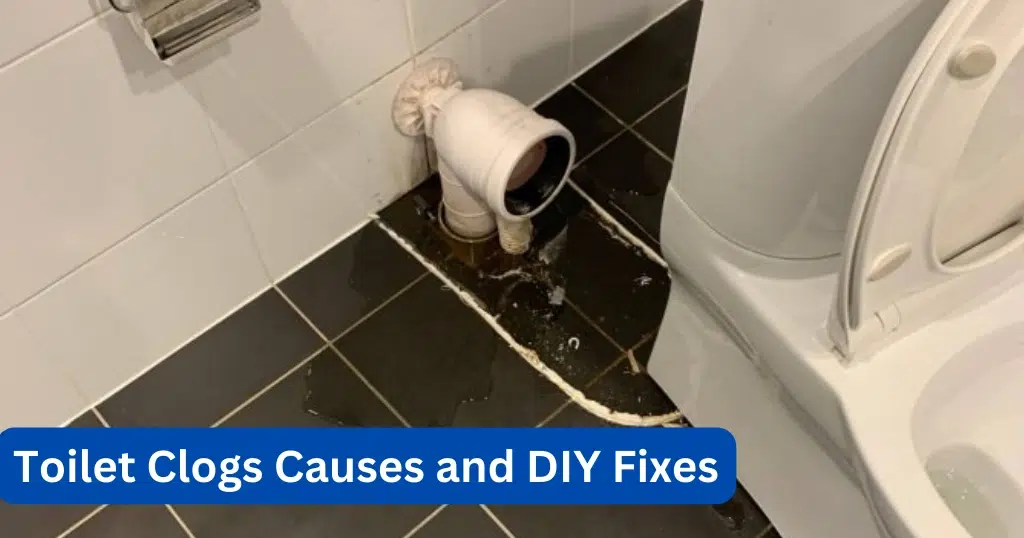
Frequent toilet clogging not only causes inconvenience but also leads to water overflow and unpleasant odors. Blockages occur when items prevent waste from flowing freely through the drain pipe. Common blockages include toys, excessive toilet paper, and hard materials lodged inside pipes. Older toilets or models with weak flushing power often fail to push waste fully, leading to clogging.
Causes of Toilet Clogs
- Excessive toilet paper blocks water flow, especially in older or low-pressure toilets.
- Drain pipes narrow over time due to accumulated debris, mineral deposits, or tree roots.
- Toilets with weak flushing power fail to clear waste effectively.
How to Unclog a Toilet Quickly: DIY fixes
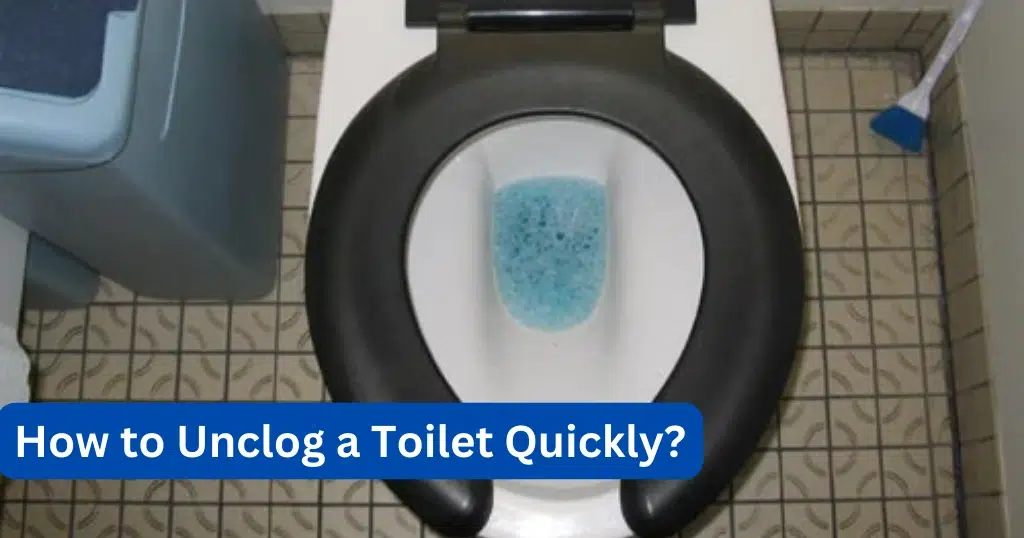
It is necessary to find a quick solution to prevent water from leaking out and unpleasant odors or dirt from entering. Fortunately, with a few simple steps, a clogged toilet can be unclogged in a matter of minutes.
- Use a plunger with a tight seal over the drain hole and push firmly to dislodge blockages.
- Add warm water and dish soap to soften and break up clogs.
- Employ a toilet auger to reach and clear deep, stubborn blockages.
- Pour baking soda followed by vinegar, wait 15-20 minutes, then flush with warm water to remove light blockages.
Don’t have a plunger? For alternative clog solutions, see our article on How to Unclog a Toilet Without a Plunger.
How to Prevent a Clogged Toilet:
- Avoid flushing non-flushable items like wipes, diapers, or plastic.
- Limit the amount of toilet paper flushed in each use to maintain good flow.
- Educate children about what not to flush to prevent blockages.
- Inspect the flush system regularly, including the tank, flapper, and fill valve, to maintain proper flushing.
- Clean the drain area frequently with mild cleaning agents to prevent the buildup of grease and debris.
Tips for Solving Common Toilet Problems
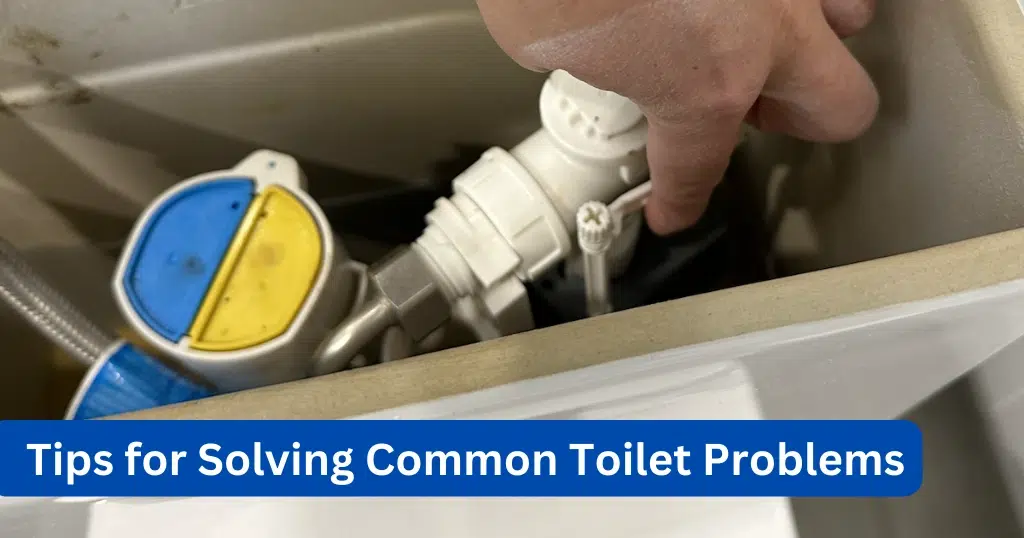
Common toilet problems, such as leaking, clogging, running water, or a loose handle, can often be solved at home. Here are a few basic tips:
- If water continues to flow after a flush, check the flapper and replace it if necessary.
- Clean or install a new fill valve to maintain proper water pressure in the tank.
- If water starts to leak around the toilet base, replace the wax ring to eliminate leaks and odors.
- Use a plunger or drain snake to clear a blocked drain, and avoid flushing unnecessary items.
- If the handle or bolts are loose, tighten them immediately to prevent the toilet from moving or affecting the flush.
- Regular cleaning and inspection help identify minor issues before they turn serious.
Repair Loose Handles and Faulty Flappers
An unusable handle or running toilet doesn’t have to be a total loss.
- If your flush handle is a bit loose or simply worn down, tightening it and replacing the handle can work wonders for smoother water flow.
- Install a new or warped flapper to cut down on water waste.
Once you’ve made repairs, run the flush test a few times. Nothing feels better than showing off your handiwork.
Signs You Need a Professional Plumber
- Not every problem is resolved with home repairs. Sometimes toilet problems become so complex that they require a professional plumber. Here are some critical situations to call a professional plumber:
- If the toilet repeatedly clogs, it is a sign of a significant blockage in the drain or central line.
- If the water does not stop flowing despite home repairs, professional intervention is necessary.
- If water is coming out of the base and the toilet is wobbling repeatedly, this is a sign of a larger problem with the floor flange or wax ring.
- Foul odors, reduced water pressure, or leaks under the floor may indicate a problem with the drain pipe.
- If DIY solutions don’t work, it’s best to contact a professional plumber to avoid further damage.
If you’re facing problems choosing an expert local plumber near you, All Bros Plumbing delivers trusted plumbing solutions in Norwalk and surrounding areas to keep your home and business safe.
Conclusion
Common toilet problems, such as leaks, clogs, running water, or malfunctioning handles and flappers, come up again and again in everyday life. Most of these problems can be solved with home remedies, but there are some situations where it becomes necessary to seek the help of a plumber. Timely maintenance, regular cleaning, and repair of parts not only save water and costs but also keep the bathroom efficient, comfortable, and odor-free.
Frequently Asked Questions
What is the most common cause of toilet clogs?
Often, a toilet clogs due to unnecessary items such as excessive amounts of tissue paper, diapers, or small objects being flushed.
How do I know if my toilet is leaking silently?
If the toilet is leaking silently, the water in the tank will continue to decrease even without flushing. An easy way is to add food coloring to the tank. If the color appears in the bowl after a while, there is a leak.
How do you fix a loose handle?
The nut inside the handle is tight. If it’s old, installing a new handle is the best solution.
Can you fix a toilet by yourself?
Yes, repairing or replacing a toilet is not a difficult task. Even the average homeowner with standard household tools can easily do it, and if everything goes according to plan, the job can be completed in less than an hour.
How to clean a toilet every day?
Use disinfectant wipes or sprays to keep the toilet clean daily. After spraying, wipe the seat, flush handle, and other exterior parts thoroughly with a clean cloth, paper towel, or sponge designed for this purpose to remove germs and odors.
What are the best precautions to take to avoid toilet problems?
Flush only soluble items, use the right amount of toilet paper, teach children to be careful, and clean and maintain regularly.
